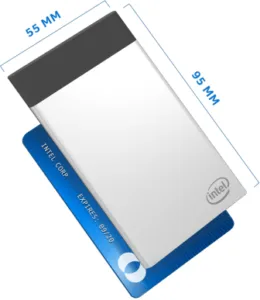
We managed to get the ISE report done this week for our LDM subscribers, while trying to get ready for our Mobile World Congress trip from Sunday. This is a busy time of year, with CES, BETT, ISE and MWC.
Mobile World this year will be less interesting, I suspect, as the typical big Samsung mobile phone launch is not expected. Still, much of the interest is looking at the developments in the supply chain from component makers. This year, my inbox has already been filled with invitations about automotive applications and IoT related to the ‘next big thing’ in mobile, which is 5G. Anyway, there are always a few surprises from our check of the show floor.
In writing up some of the ‘content that escaped’ from our ISE report it struck me that some of the most interesting things at ISE were not in the displays themselves, this side, but in the systems that drive the displays. I was reminded of a CeBIT many years ago, when the most important story was a new graphics board from Cirrus Logic (if I remember correctly) that could support 1280 x 1024 resolution graphics at a price that was affordable. Prior to that, anything above 1024 x 768 was exotically expensive. (I remember selling 1280 x 1024 graphics boards for $3,000 back in the 1980s!!). That level of pricing for the graphics boards was important as it meant that the mid- to large-sized (at the time) CRTs in the 16″ – 19″ segment could be bought and used at a much better system price. According to my database, Cirrus got out of the graphics board market in 1997, so it must have been 1995 or 1996. On the other hand, it’s a long time ago, so it might have been someone else!
Anyway, at ISE, a couple of the stories had the same kind of feel. In particular, BrightSign put one of its series 3 media players into an OPS form factor and has priced it at a list price of $400, that may well enable even wider OPS support than we’ve seen so far. Also at the show, Intel announced a new version of OPS, the OPS+, which is basically a specification upgrade. However, more intriguing are a ‘Smart Display Module’, which is a blade-style module, just 20mm thick that can be used to provide intelligence for a display, and the new Compute Card.
Somehow, we missed the Compute Card at CES, but it’s intriguing. The card is not much bigger than a credit card and includes a USB-Type C connector as well as a CPU, memory, storage and wireless. Intel has suggested that it might even be used to allow system makers to develop notebook-style systems that users could access by slotting in their cards, with the security that such a system could deliver.
Intel lined up Dell, HP, Lenovo and Sharp as major brands supporting the Compute Card, but it will be interesting to see if it enables new devices and form factors.
Intel’s compute card

